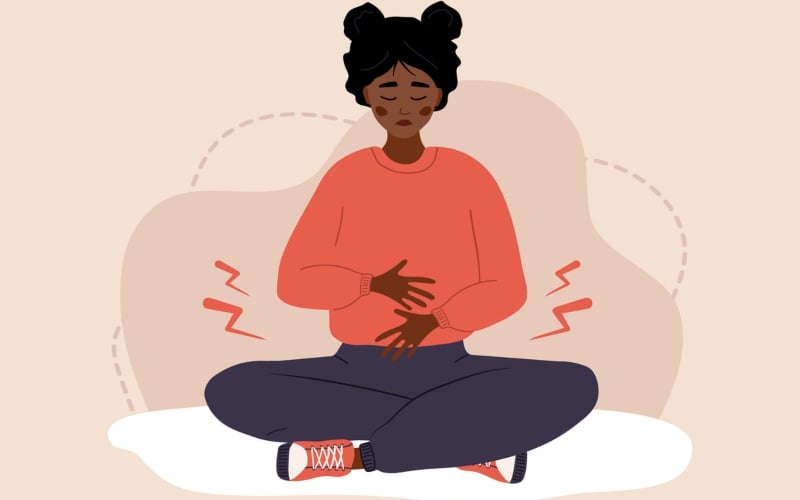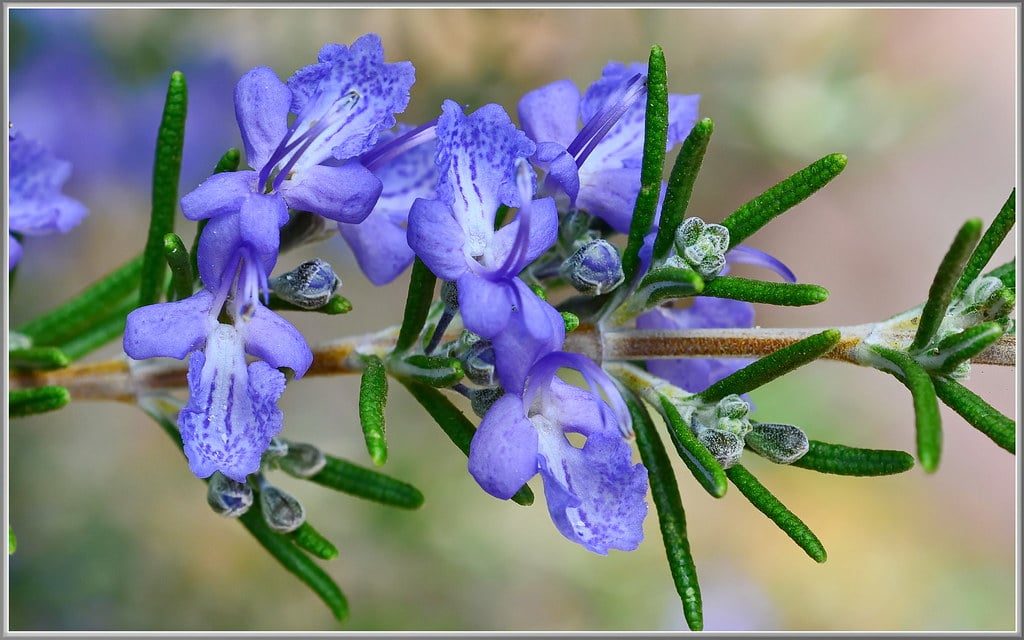CANNABIS CULTURE – Yesterday’s headlines today.
The shifting algorithmic sands of the digi-verse are ever complicated by legacy media’s selective presentation of studies and events to fit the narrative desires of advertisers and power brokers. Cannabis — despite “legalization” — remains amongst mainstream media’s most maligned targets.
Editorial focus on negative impacts and derision of benefits is a smoke screen mobilized to attack the plant and those who use it.
The “big lie” goes on (and on and on and on…)
On June 22nd, 2021, The National Institute on Drug Abuse and National Institutes of Health published “Associations of Suicidality Trends With Cannabis Use as a Function of Sex and Depression Status”, the first study ever to examine the link between daily cannabis use and depression in young adults.
This argument is not an entirely new concept, for decades, cannabis has been linked to psychosis and mental health issues through DARE campaigns in schools, op-eds, and late night news. However, cannabis causing anxiety, depression, and schizophrenia is more of a fear-mongering manipulation tactic than rooted in science.
The study was done with intentions for improving public health, however, mainstream media unsurprisingly misconstrued the findings and further stigmatized cannabis in the process.
 Still — and of course — The study quickly gained traction with major news outlets.
Still — and of course — The study quickly gained traction with major news outlets.
It was originally published on the JAMA Network, and then picked up by other sources like CNN, Insider, Yahoo, and EurekAlert, all of them chomping at the bit to jump on the furthering demonizing cannabis train.
All these articles start off about the same, something along the lines of “Cannabis use has been associated with a higher likelihood of thinking about suicide in young adults.” Then, zealously launch into the stats of rising suicide trends, how more people have become marijuana users, and hyper focusing on the definition and addictive behavior of “cannabis use disorder”. However, once you get past the scary headlines, suicide hotlines, and dark imagery; they all conclude with a quick “further research is needed to prove the point.” – As their last sentence.
All the articles begin with this type of fear mongering. Starting with a title that leads readers to believe new scientific links have been found, to the first few paragraphs that are presenting possible (unproven) claims. Some -not all- of these publications conclude with disclaimers at the end about the inconclusive nature of the study, however, only invested readers get this information, to the typical eye, the main takeaway is that cannabis has been proven to make users suicidal.
The publications from Insider and Yahoo end by concluding that depression and marijuana frequently occur together, and we are just unsure of which came first, which is not even a result that the study was examining.
The cited study starts by explaining how from 2008 to 2019 the amount of adults using cannabis doubled, along with the number of adults with major depression increasing from 14.5 million to 19.4 million. Depression is the most significant indicator that predicts if a person will attempt suicide, and is also associated with cannabis use disorder (CUD), so it is natural to associate them together, however correlation does not equal causation.
There are many things in our society that could be responsible for this rise in suicidal trends.
Economic downturn, crippling debt, and a rise of social media pressures have all been attributed to depression by experts. However, none of these factors were considered in the study.
The study also had limitations. It did not account for those experiencing homelessness, on active military duty, or those currently incarcerated.
The National Institute of Drug Abuse (NIDA) is forthcoming about these limitations, and Dr. Nora Volkow, US National Institute on Drug Abuse Director concludes that “While we cannot establish that cannabis use caused the increased suicidality we observed in this study, these associations warrant further research, especially given the great burden of suicide on young adults.” A thorough examination of mental health factors is crucial when determining if a certain drug increases suicidal trends. This means taking factors like genetics, other addictions, access to mental health care, and environmental factors that could be contributing to depression.
Dr. Emily Einstein, Chief of NIDA’s Science Policy Branch explains that barriers to studies on cannabis are not uncommon, and can greatly impact what researchers are able to discover. “Research on cannabis can be challenging because it is schedule 1 in the Controlled Substances Act. So, there are very tight regulations around doing studies. Since cannabis is not legal on a federal level, researchers are not able to access the products that are available, so it can be difficult to research the products people are actually using.” Until this issue is resolved, studies are going to have to rely on survey data only, and the problematic implications of applying that to the plant’s effect in the body.
Christine Nazarenus, Chief Vision Officer & Co-Founder of advocacy group Medical Marijuana 411, explains that “(cannabis) is individualized. Someone may have a propensity for certain reactions that don’t affect another. There are studies showing the positive and negative effects of medical marijuana.” She also pointed out the potential for bias in the mainstream media, and how this fuels inaccuracy on both sides.
Media outlets are quick to draw attention to the flashy hypothesis that cannabis negatively affects mental health, but gloss over or completely ignore the serious limitations to the study that end in it being inconclusive.
The study successfully found a correlation between cannabis use and suicidal trends, but as everyone who took Statistics 101 knows, correlation does not equal causation, and it is irresponsible to act like it does.
Overall, both sides are mainly concerned with making accurate information available to the public, so everyone is able to come to an informed decision about the impacts of cannabis. We as society need to be critical about these studies when they come out, and hold the media accountable for how they are portrayed. Cultural stigmas that media outlets contribute to prevent cannabis from being treated through a lens of public health, rather than criminalization.
Original Article










